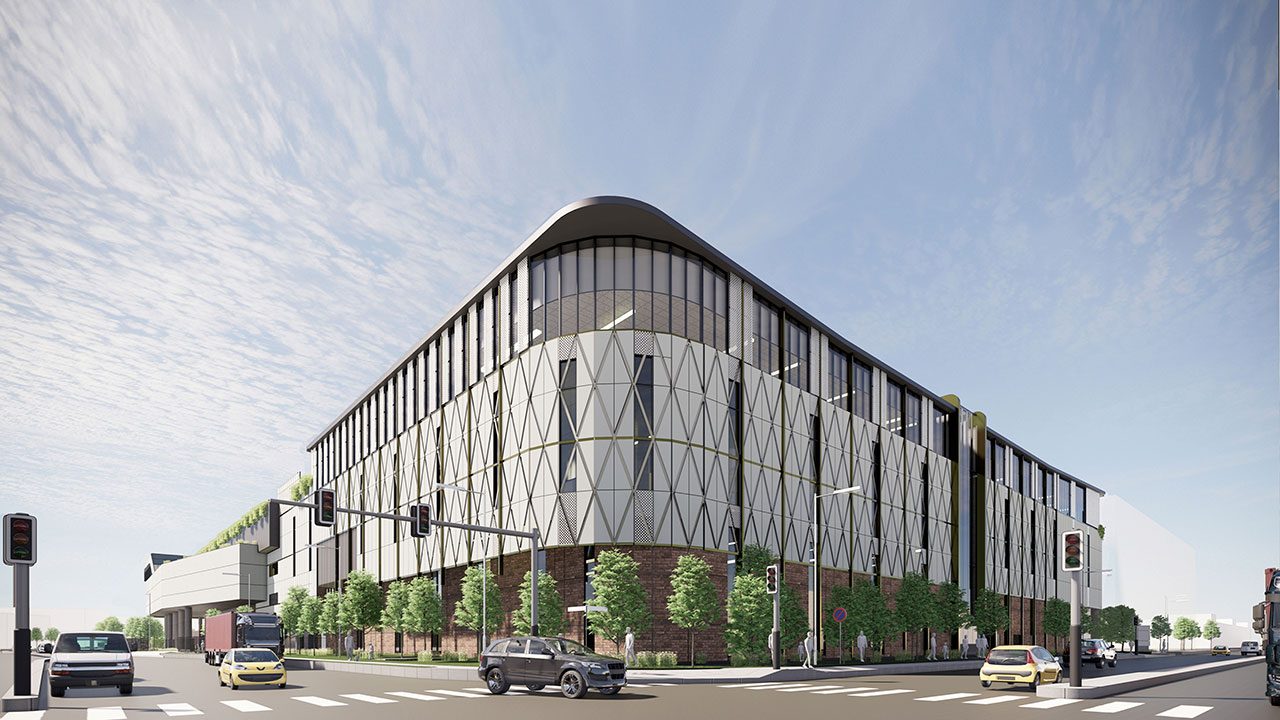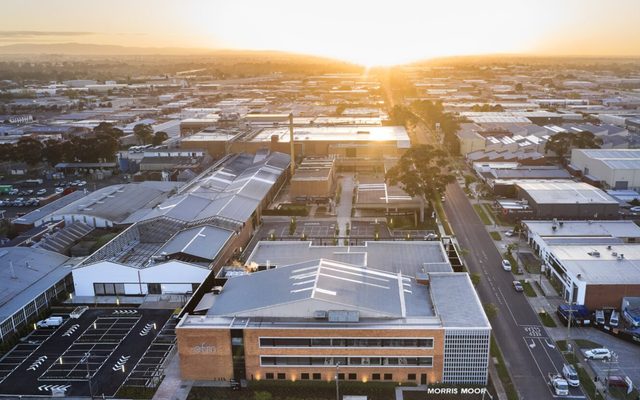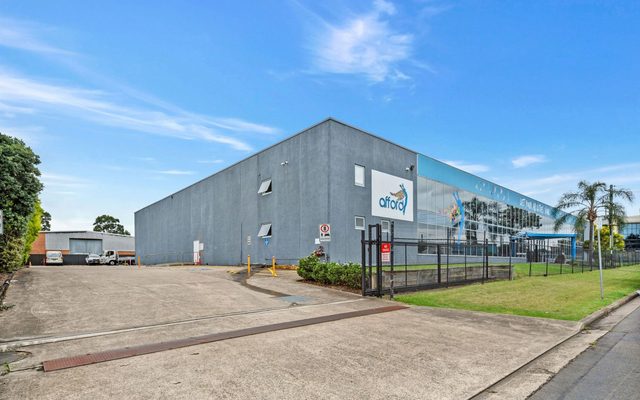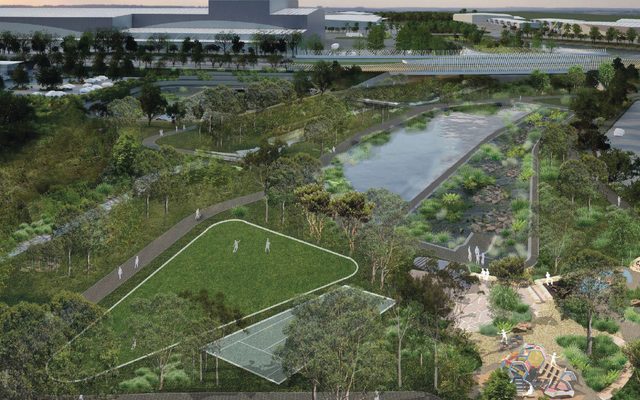This article is from the Australian Property Journal archive
AROUND 850,000sqm in multi-storey warehouses are forecast for development in Sydney between now and 2027, as moving vertical provides a solution to the cities waning supply of industrial and logistics space.
According to CBRE research, multi-storey warehouses expected to account for approximately 15% of Sydney’s new industrial stock between now and 2027.
The that circa 850,000sqm of multi-storey floorspace will be delivered across 20 projects over the period, with nearly 30% of this space currently under construction or DA approved and at least six multi-storey warehouses anticipated for delivery in the next two years.
Major projects include Charter Hall’s 27,059sqm Ascent on Bourke development in Alexandria, which is almost 100% pre-committed and due to be completed in Q3, 2024.
While ESR announced plans for a new $300 million multi-storey warehouse, after snapping snapped up one of the last remaining large-scale industrial sites in South Sydney for $143 million in June.
Sydney will follow behind major Asian cities such as Tokyo, Hong Kong and Shanghai, with warehouses as high as 17-stories being historically developed in the most densely populated cities. With the US and Europe also beginning to embrace the trend.
“The key drivers of multi-storey warehouse development include limited industrial land and high land values in prime locations, coupled with heightened demand from e-commerce related occupiers,” said Sass J-Baleh, Australian head of industrial & logistics at CBRE.
“With tight supply conditions unlikely to ease in Sydney due to land constraints, multi-storey warehousing is providing one means of delivering new floorspace to the market.”
Almost 100,000sqm of multi-storey floorspace being under construction in Sydney, with the majority of the projects being speculatively built, with a pre-commitment rate of approximately 70%.
“South Sydney is well positioned to accommodate multi-storey warehouses and the current development pipeline is concentrated within this market as consumer delivery expectations heighten and occupiers focus on ways to decrease delivery costs,” said Nathan Egan, South Sydney managing director at CBRE.
“On average, transportation accounts for 50% of overall supply chain costs, while occupancy costs account for around 10%. So, location is paramount, particularly for those occupiers who transport time sensitive goods, and occupiers with a stronger requirement to lower their transport costs will have a greater elasticity to pay a rental premium for warehouses in prime, inner-city locations.”
Access is provided via a set of ramps in vertically built warehouses, as well as via freight lifts or a conveyor system, allowing each floor to operate as an independent warehouse or to be used by multiple occupiers.
“We have compared average rents from six precincts within the APAC region where multi-storey projects are the most prevalent. Rents in some of these regions vary from AUD$180/sqm in Shunyi Airport, Beijing to AUD$600/sqm in Hong Kong,” added J-Baleh.
“The South Sydney market average rent for super prime grade assets is currently in the mid-range of these precincts, at AUD$325/sqm.”




